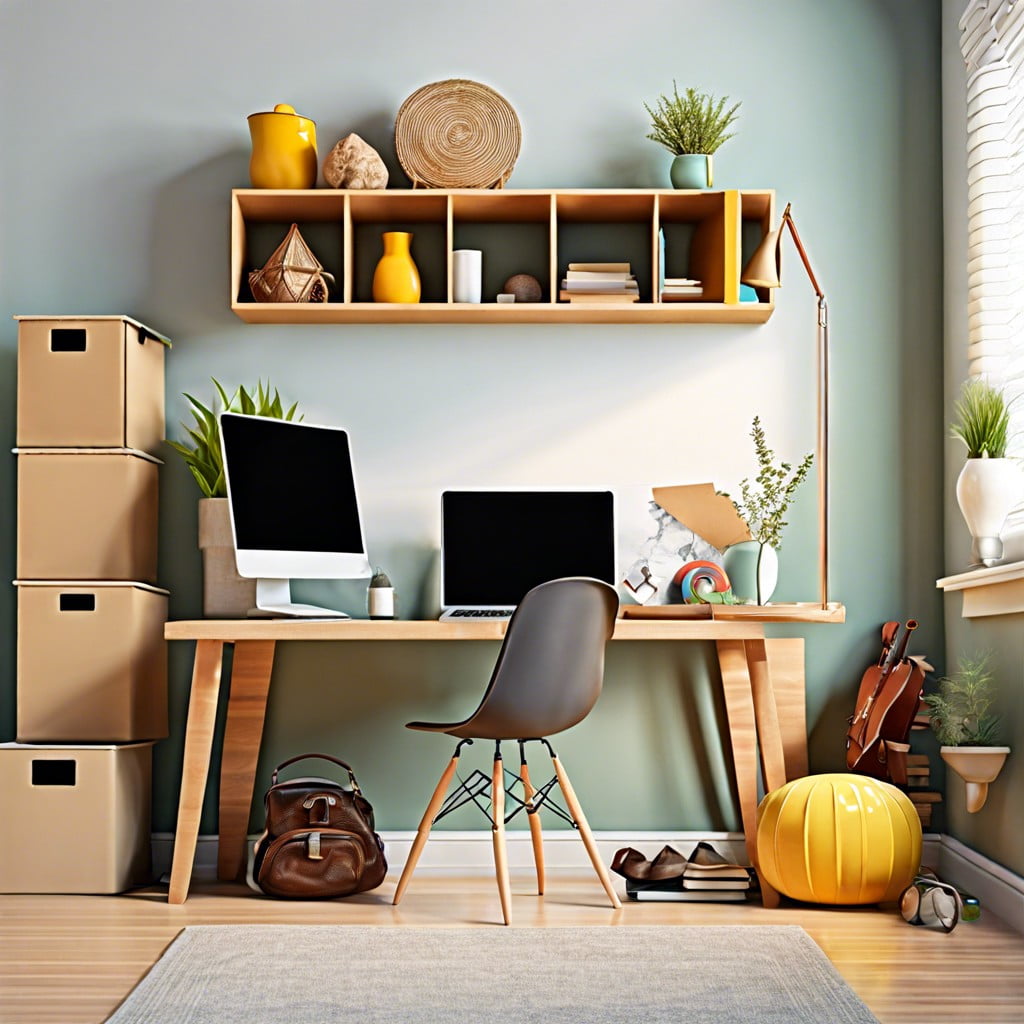Learn practical tips on how to declutter effectively when you have ADHD, turning chaos into order with ease.
Key takeaways:
- Set realistic goals based on your energy levels.
- Break down tasks into small, manageable steps.
- Use time-based decluttering techniques like the Pomodoro method.
- Seek support and accountability from a buddy or group.
- Use organizing products best suited for ADHD brains.
Set Realistic Goals

Setting attainable objectives is crucial when tackling the decluttering process, especially if focusing for long periods feels as challenging as threading a needle while riding a rollercoaster. Begin by identifying one small area—say, a single drawer or shelf—to organize.
Achieving this minor victory can provide a motivational boost, making the next challenge seem less daunting. Establishing a clear, achievable goal for each session can prevent feelings of overwhelm and help maintain focus on the task at hand.
Consider planning goals around your energy levels, knowing when you’re most alert can lead to more productive decluttering without turning your home into a scene from a mystery thriller where you can’t find anything at all.
Break Down Tasks Into Small, Manageable Steps
When tackling a cluttered space, think of it as eating an elephant—one bite at a time! Start with a single drawer or shelf, and give yourself the satisfaction of completing that before moving on. This method helps prevent overwhelm and keeps you motivated.
Set small, achievable goals. For instance, decide to declutter for just 5 minutes. Often, the momentum of getting started will carry you further once you’ve begun.
Use visual cues to guide your progress. Place a sticky note on areas you’ve completed, or set out boxes labeled “Keep,” “Donate,” and “Trash” to simplify decision-making as you go.
Remember, it’s not a race. If you only manage to sort out a couple of items before needing a break, that’s still progress. Celebrate these small victories—they add up!
Use Time-Based Decluttering Techniques
Consider the Pomodoro Technique, where you focus intensely for short bursts—say, 25 minutes of decluttering followed by a 5-minute break. This method keeps the task from feeling overwhelming and maintains your attention span.
Alternatively, set a timer for 10 or 15 minutes each day dedicated solely to organizing a specific area, like a drawer or a shelf. This daily habit can lead to significant decluttering progress over time without the task becoming daunting.
For those who enjoy a challenge, try ‘beat the clock’. Aim to declutter a predetermined area before the timer runs out. This adds a fun, game-like element to the process, making it enjoyable rather than a chore.
Lastly, always ensure your timer is loud or distinct enough to grab your attention when it goes off—lost in a sea of forgotten socks, it’s easy to ignore a soft beep!
Seek Support and Accountability
ADHD can make solo decluttering feel like navigating a labyrinth without a map. But, help is at hand! Linking arms with a declutter buddy or joining a support group offers both emotional encouragement and practical advice. Here’s why tapping into support works wonders:
- Staying on Track: A buddy can remind you of your objectives when shiny object syndrome strikes. They’re like live action post-it notes, keeping you aligned with your mission.
- Sharing Ideas: Two heads are better than one, especially if the other head remembers where you left your car keys amidst the clutter. Swapping organizing tips can spark solutions that resonate with how your brain works.
- Celebrating Wins: Every cleared surface or sorted drawer deserves a mini-celebration. Sharing these moments boosts morale and motivates both parties to keep the momentum.
Incorporating accountability structures transforms decluttering from a daunting chore to a shared adventure. Sometimes, just knowing someone else is cheering for your success can light a fire under even the most scattered efforts. Plus, it’s more fun tackling that mountain of miscellaneous together!
Use Organizing Products That Work Best for ADHD Brains
Choosing the right organizing tools can make a significant difference. Look for clear storage bins and labels; visibility is key—out of sight, out of mind, right? Sticky notes can be your best friends; color-code them to categorize tasks or items swiftly. Digital apps like timers or reminders help keep track of time-sensitive decluttering tasks, reducing the chance of getting sidetracked. Also, consider investing in fun, visually appealing organizers that motivate you to use them regularly—because let’s face it, a bright, quirky desk organizer is harder to ignore than a dull one! Lastly, make sure everything has a home. This simple concept can dramatically decrease clutter by making maintenance straightforward.
Related Stories
- How to Get Motivated to Clean and Declutter
- Printable Declutter Challenge: Steps to Organize Your Home Effortlessly
- Free Printable Decluttering Checklist: Organize Your Space Easily
- How to Start Decluttering When Overwhelmed: Simple Steps to Regain Control
- 7 Day Declutter Challenge: Transform Your Space in a Week